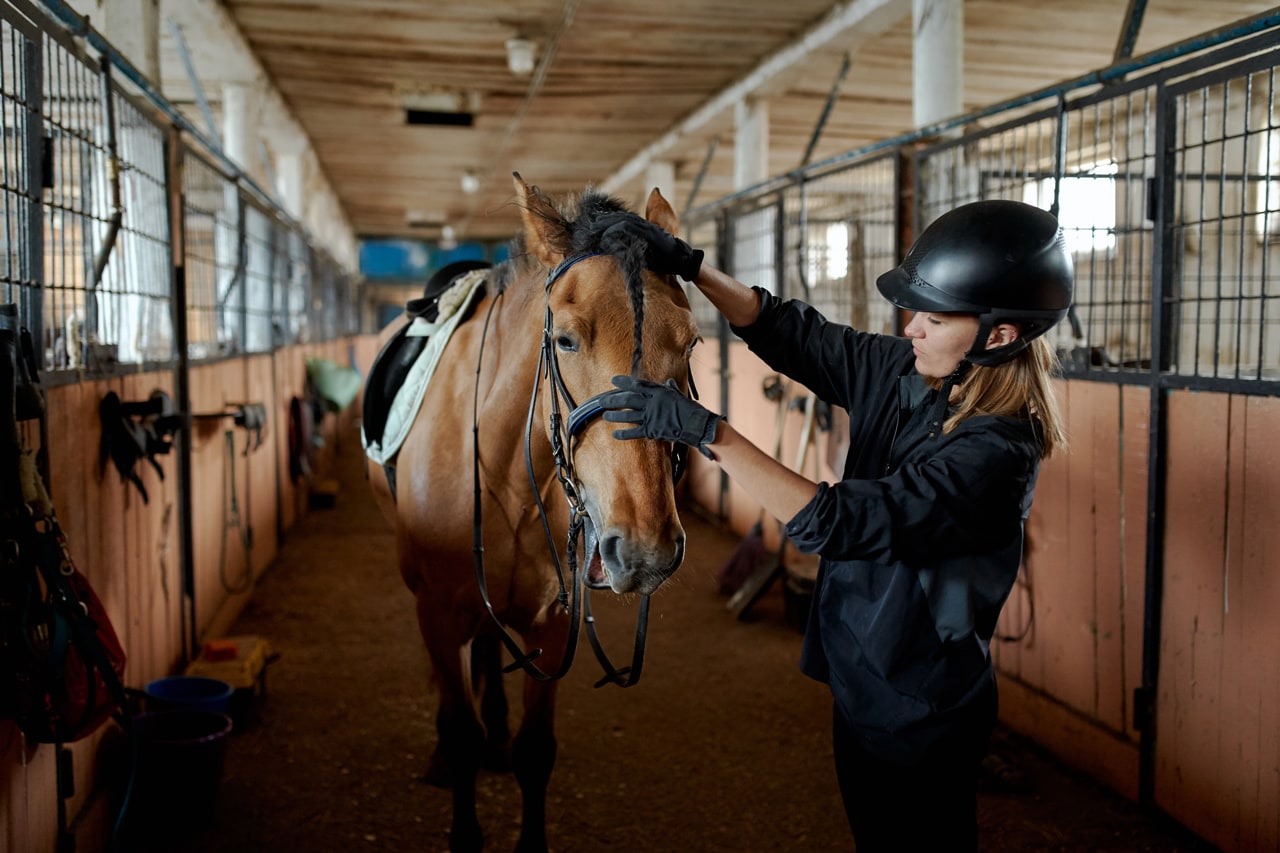The profound difference between sitting and ‘active resting’
Note: Although I’m an academic researcher, because I too suffered from back pain for quite some time, so I’m hardly a disinterested researcher. I went so far as to invent a mechanism to allow sitting to be active, and I’m the CEO of a company (QOR360) created to popularize and sell chairs that encourage active sitting. This conflict of interest disquiets me (Richard Feynman observed: “The first principle is that you must not fool yourself — and you are the easiest to fool.”), but seems unavoidable.
Anarticle with the startling title “Changing the Way You Sit Could Add Years to Your Life” was published recently in the prestigious journal New Scientist. The title makes an extraordinary claim which, if true, will change the everyday lives of most of us. But, as Carl Sagan once observed, “extraordinary claims require extraordinary evidence.”
The senior author on the paper is David Raichlen, a prolific researcher in the biology department at University of Southern California (USC) who has spent his career understanding how humans came to require exercise for optimal health, and how our current sedentary existence is undermining our health and longevity. Almost uniquely, Raichlen’s anthropological orientation has allowed him to use the experience of contemporary hunter-gatherers to better understand our own situation.
The story Raichlen tells is fascinating, and starts like this: “We’ve long known that sedentary occupations and sedentary lives are associated with higher rates of heart disease and death, but why?”
“How could evolution produce an organism that responds so poorly to rest?”
Importantly, Raichlen isn’t asking the simple, mechanistic question: “What is sitting doing to our blood chemistry that harms our health?” This answer is already well known: passively slouching for many hours a day lowers our lipoprotein lipase levels— raising our bad cholesterol, lowering our good cholesterol, and increasing our insulin levels. All of this happening in concert increases our risks for diabetes, heart disease, and death.
Instead, Raichlen is asking a much more fundamental and profound question. Darwin understood that, for all species, resting is an important way to conserve calories. So, shouldn’t we expect to be well adapted to sitting? Or, as Raichlen puts it, “How could evolution produce an organism that responds so poorly to rest?”
Here, Raichlen’s unique perspective as an anthropologist provides a way to approach this question. It turns out that, somehow, hunter-gatherer tribes seem not to have this problem with resting. Only those of us in the developed world are so afflicted. So the question becomes: “How could we
To riddle this out, Raichlen journeyed to Tanzania to study the Hadza, some of the last hunter-gatherers on the planet. To his surprise, he discovered that the Hadza lounge around for roughly 10 hours a day — almost exactly the amount of lazing that Americans and Europeans engage in. Crucially, however, the Hadza have no chairs. So “lounging about” in their case consists of squatting on the ground, a posture they report to be quite comfortable.
Raichlen suspected that squatting was actually a very energetic position, because keeping balanced over one’s feet requires a lot of muscular activity, so much so that he terms squatting an “active resting” posture. Careful measurement of the muscular activity in the legs of the Hadza bore this out: The muscles of their legs were very active even though they seemed to be comfortably resting. This finding seems to solve the mystery: Staying active while resting prevents the harm that can come of complete muscular inactivity.
The camp chairs that Raichlen and his crew had brought with them to Tanzania proved to be Hadza magnets. In his telling, their subjects were drawn to chairs “like moths to a porch light.” Thus, it seems likely that the Hadza would be as susceptible to sitting disease as Westerners if they were to suddenly take office jobs in Manhattan. This is a pattern that has been seen before: The Hadza have smoked tobacco prolifically since being introduced to the plant 200 years ago and some now suffer smoking-related health consequences. We might think of both tobacco and sitting as “diseases of modernity,” instances where human pleasures have simply outrun evolution’s ability to protect humans from their foibles.
Amazingly, we know historically both when humans started squatting and when we Westerners stopped doing it. Over the course of a lifetime, the squatting posture leaves an imprint of one of the ankle bones (the talus) on the tibia, so Raichlen was able to show through a careful analysis of anthropologic bony remains that humans have been squatting for at least 2 million years. Similar study of European bony remains reveals that Western humans stopped squatting only a few hundred years ago. Because evolution works its magic slowly, our bodies haven’t yet adapted to our addiction to sitting passively.
The mismatch between our 21st-century-built environment and our hunter-gatherer-optimized bodies leads to a variety of serious health problems: obesity, diabetes, heart disease, and even cancer, a litany of acquired diseases that can culminate in early death. Moreover, these effects are not subtle — with a 50% increase in cancer risk among those who sat the most. Perhaps more importantly, simply reducing sitting could increase our lifespans by as much as two years.
"The Hadza lounge around for roughly 10 hours a day — almost exactly the amount of lazing that Americans and Europeans engage in. Crucially, however, the Hadza have no chairs."
Despite the odds, Raichlen remains surprisingly optimistic. Clearly understanding the dynamic underlying our health problems brought on by passive sitting is immensely helpful, and Raichlen suggests we “get up, move around, and… when you turn on Netflix, try squatting.”
I share the optimism, even if I don’t think that we’re likely to adopt squatting as our preferred posture for watching TV. The muscular effort of balancing over one’s feet while squatting makes it an “active resting posture,” and thus protects against the biochemical harms of passive sitting. It’s likely too heavy a lift for Western adults to get back to comfortably squatting for long periods, but it may be that balancing over one’s ischial tuberosities (sitting bones) while sitting, so called “active sitting,” provides protection similar to that of squatting. A widespread adoption of this practice would be a great advance.
Human beings are simply not designed for sitting as we do, and our invention of chairs has been a great misunderstanding. But we’re an inventive species, and it may be that the creation of chairs that require us to sit actively will allow us to recapture the healthy blood chemistry of our hunter-gatherer forebears. A handful of companies currently produce chairs for active sitting (such as CoreChair, QOR360, Swopper, and others). These innovative chairs allow for movement while sitting, and so allow us to sit all day as our modern lives require without suffering the harm brought on by sitting inertly. Perhaps best of all, it may be that just a few years of active sitting will allow us to recapture the two years of life that passive sitting has stolen from each of us — and that’s a reason for optimism.





Leave a comment
All comments are moderated before being published.
This site is protected by hCaptcha and the hCaptcha Privacy Policy and Terms of Service apply.